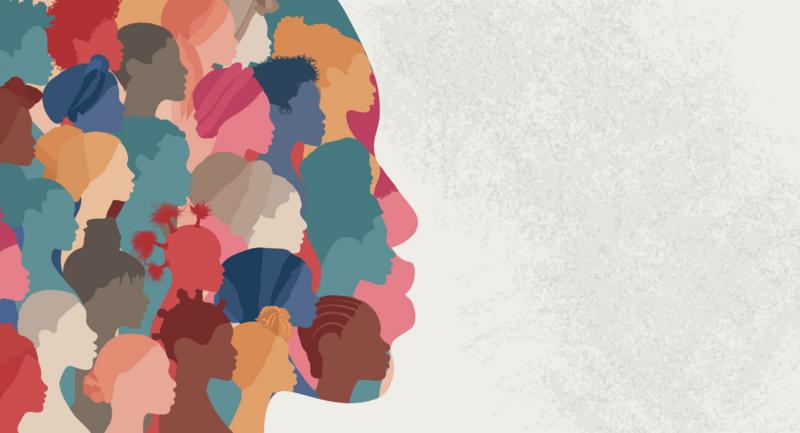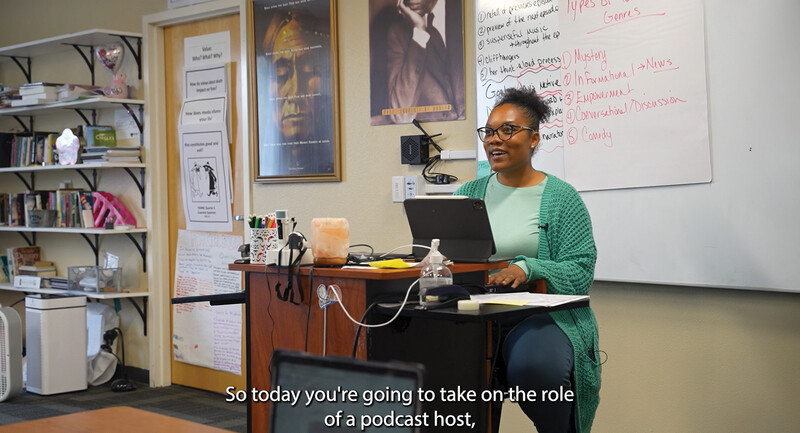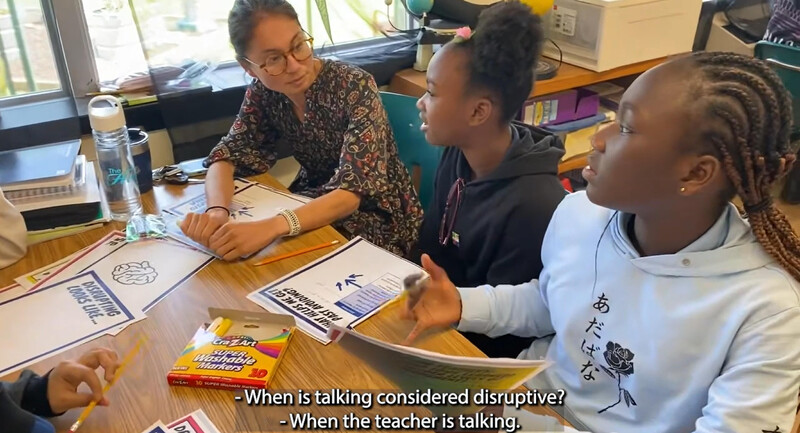Let’s face it . . . it’s that wonderful time of year where teachers across the world are meeting their students for the first time. Those first few days are critical in setting the pace for a long adventurous school year. Teachers are trying to get to know their students. They have spent the summer working on new lessons using innovative technologies they learned at Edcamps and bootcamps. Students are trying to navigate their way through new buildings, new schedules, new friends, and new teachers.
There lies a critical moment in those first few days where a student looks at a teacher and makes a decision on whether or not he will be buying into the message. The best way to set up your class for a full year of success is by creating an authentic learning environment.
What Is Authentic Learning?
Authentic learning is an instructional approach in which students experience real-world projects, make meaning of them in ways that are personally relevant, and experience emotions such as success and failure. Yes . . . failure. As students progress through the grades, it is vitally important that worksheets get replaced with real-world applied learning that not only sets them up for success in the classroom but also outside of the classroom, where they will be tested each and every day.
There are a multitude of ways to bring authentic learning into your classroom. Here are three of my favorite strategies, along with various resources that support them.
If you have suggestions for additional strategies or resources that you find valuable, please take a moment and share them in the comment section below.
Podcasting
There are several ways to use podcasts in the classroom. Teachers have access to more than 600,000 podcasts available on iTunes for free. These podcasts come in all shapes and sizes and cover almost any conceivable topic. There isn’t a smartphone in the world today that doesn’t have access to the overwhelming amount of free information that podcasts can provide. Additionally, student creation of podcasts couldn’t be easier and equipment couldn’t be cheaper. Every device from a smartphone to a desktop computer has access to audio recording software. Most of these great apps can be found for free.
Online Publishing
Whether you and your students create podcasts or choose to use another medium, you are going to need a place to show off your hard work. Online publishing experiences that allow for embeddable media such as videos, presentations, and audio are vital for today’s young learners. Some of the easiest places to publish student work are Edublogs, Kidblog, and Google Sites. These provide out-of-the-box solutions for students to publish their work quickly and easily. If you are interested in using more sophisticated platforms to showcase student work to colleges and employers, services like WordPress, SquareSpace, and Wix are all professional-quality platforms.
Digital Citizenship
Of all the authentic skills we can teach our students, the most important is probably the often-ignored skill of citizenship. According to DigCit Summits, digital citizenship means teaching students about the “safe, savvy & ethical use of social media and tech.” This can be as simple as showing students how to comment on each other’s Google Docs or participate in discussions on social media sites like Twitter and Facebook. By teaching our students how to focus their comments on the positives rather than simply pointing out the negatives, we can then begin to showcase the skills and talents of our most digitally creative students as well as those who are learning these technologies for the first time.
How Do You Want to Be Remembered This Year?
One of the questions I often ask of my podcast guests is “What’s the one thing you want your students to remember about you when they leave at the end of the school year?” Today, I am inviting you to ask yourself this question. Would you like to be remembered as the teacher who challenged students and asked them authentic adult-level, thought-provoking, real-world questions? Or do you want to be the teacher who gives students daily worksheets that cut into their afternoon activities? The choice is yours, but the right choice will be the difference between being remembered and being immortalized.








